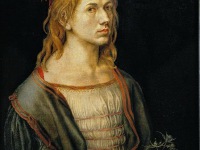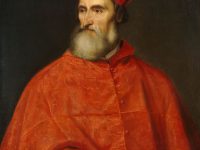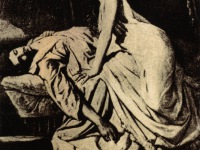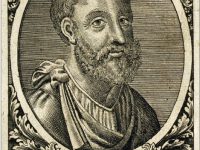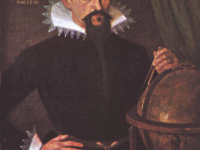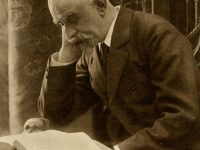Albrecht Dürer – Master of Northern Renaissance
On May 21, 1471, German painter, engraver, printmaker, mathematician, and theorist Albrecht Dürer was born. He was considered as one of the greatest artists of the Northern Renaissance. Aside from painting, he also excelled in prints. Many of his works focused on Roman Catholicism, mostly altarpieces and other related religious art, but he also did numerous self-portraits. Moreover, his works were also backed up by theories, which join concepts in math, idealistic proportions…
Read more

